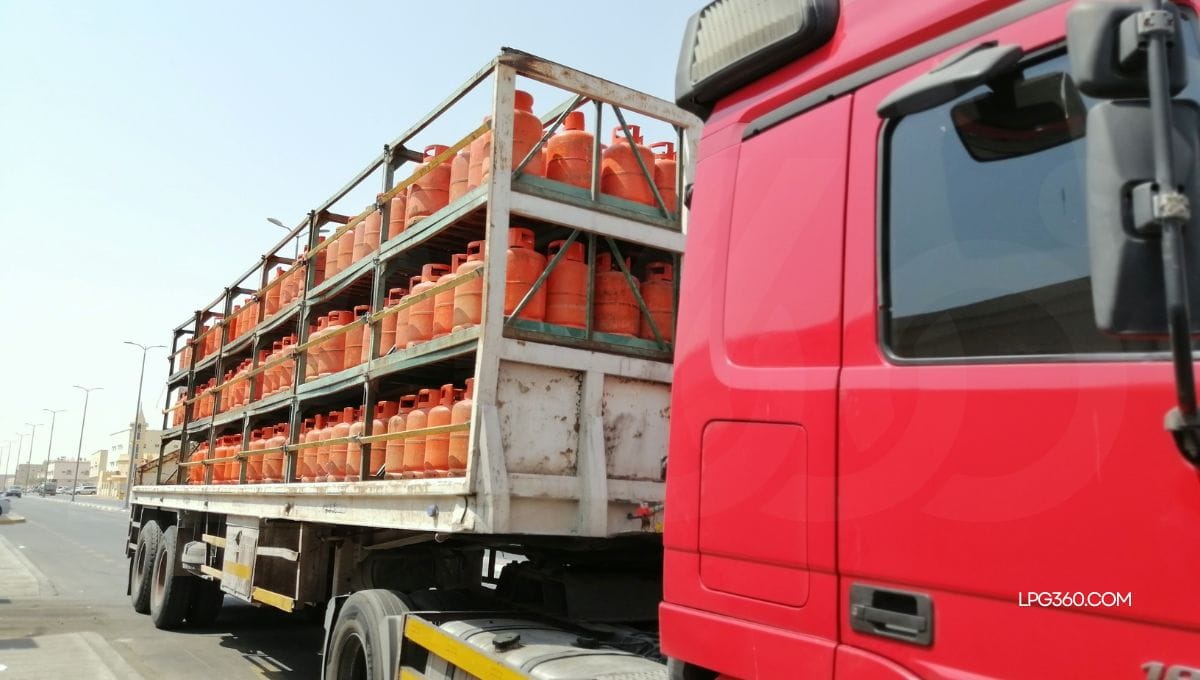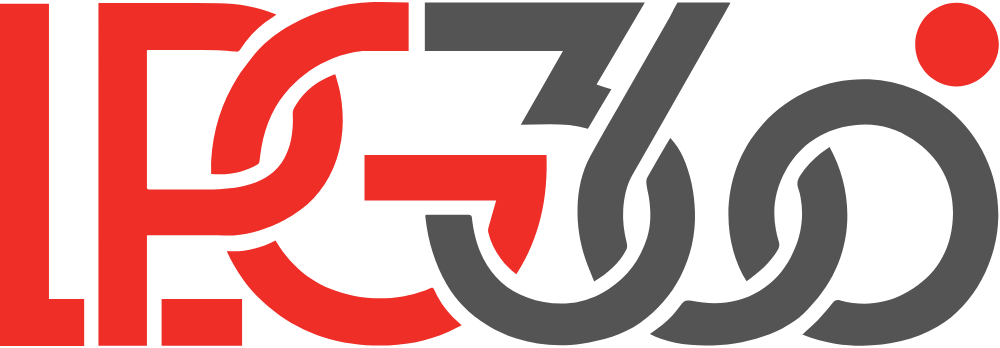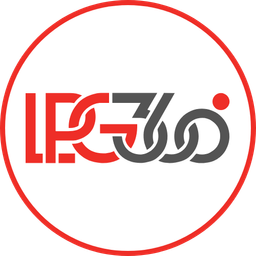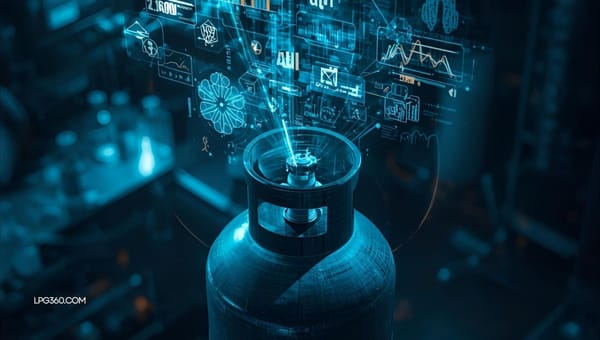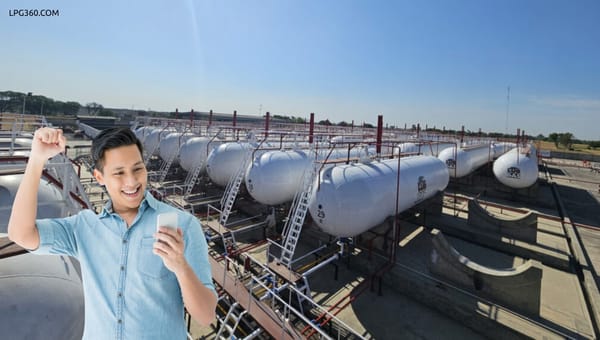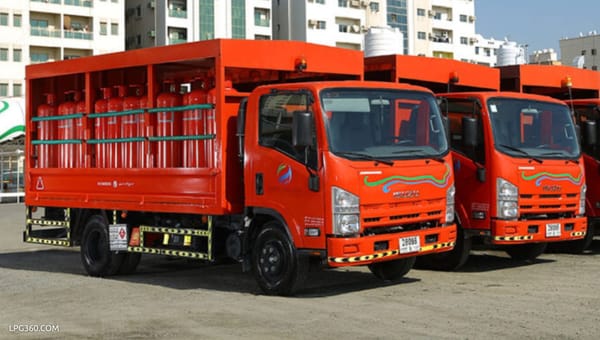Effective Inventory Management in Distribution Channels
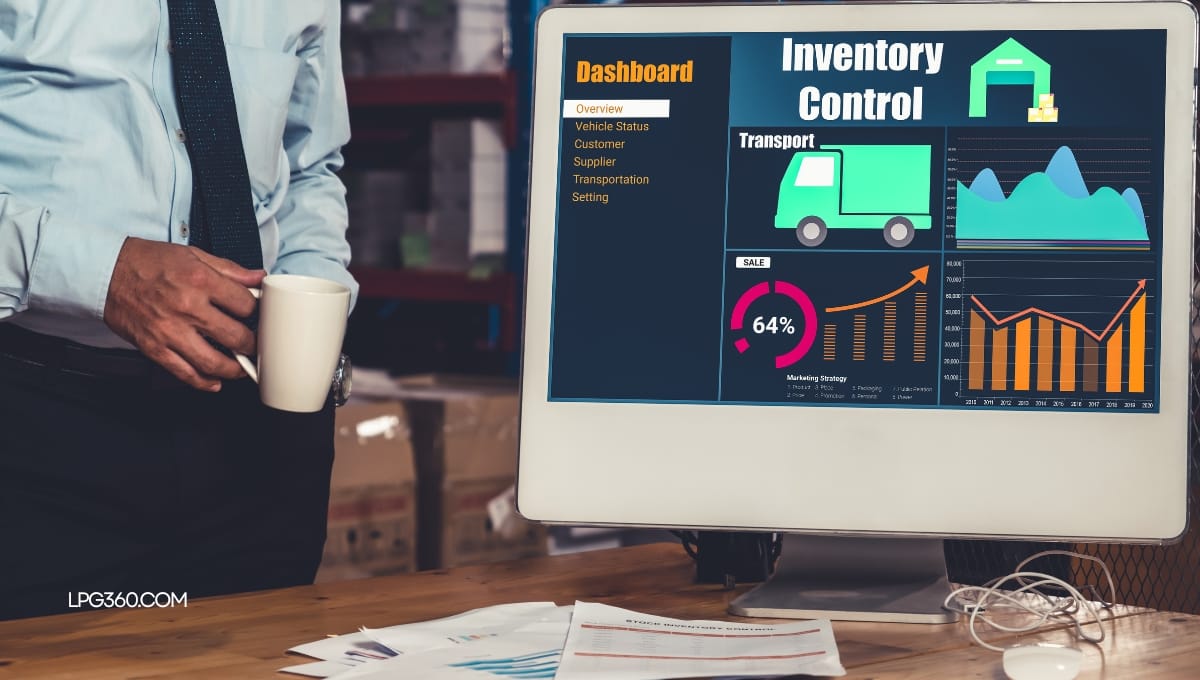
In the LPG distribution industry, efficient inventory management plays a pivotal role in ensuring smooth operations and customer satisfaction. The goal is to ensure that the right quantity of LPG is available at the right time and place, —without overstocking or risking stockouts. Striking this balance is critical to minimizing costs, meeting fluctuating demand, and avoiding disruptions in supply.
This blog explores strategies for effective inventory management in LPG distribution channels.
Just-in-Time Inventory Systems
One of the most effective strategies for managing LPG inventory is the Just-in-Time (JIT) system. This approach minimizes stockholding costs by ensuring that LPG cylinders arrive just before they are needed. By coordinating supply with demand, JIT reduces the risk of overstocking or stockouts. However, it requires precise demand forecasting and strong supplier relationships to avoid disruption.
Leveraging Technology for Real-Time Visibility
Implementing advanced inventory management systems can provide distributors with real-time visibility of stock levels, order statuses, and delivery schedules. With integrated software solutions, distributors can track their inventory across multiple locations, automate reorder processes, and ensure timely delivery without delays. The use of barcoding and RFID tagging also enables fast and accurate stocktaking.
Demand Forecasting and Data Analytics
Effective demand forecasting is key to preventing stockouts or excess inventory. By using historical sales data, seasonal trends, and external factors such as economic fluctuations, distributors can predict future demand more accurately. Data analytics also helps to identify patterns in consumer behavior, allowing companies to adjust their supply chain strategies accordingly.
Supply Chain Collaboration
Collaborating closely with suppliers, retailers, and other stakeholders in the supply chain is crucial for ensuring that inventory levels are aligned with market demand. By sharing data and insights across the supply chain, LPG distributors can enhance their visibility, reduce lead times, and improve overall efficiency.
Safety Stock and Buffer Inventory
While minimizing stock levels is important, having some buffer stock is necessary to accommodate unexpected surges in demand or supply chain disruptions. The key is to find the right balance between minimizing inventory costs and ensuring the availability of LPG when needed. Safety stock levels should be regularly reviewed based on market conditions and historical data.
Warehouse and Distribution Network Optimization
Efficient warehouse management and distribution network optimization are essential for keeping inventory under control. With the use of automated sorting systems, drones for stock picking, and AI-powered inventory tracking, warehouses can operate more efficiently. Similarly, optimizing distribution routes ensures that inventory is moved quickly to meet customer needs.
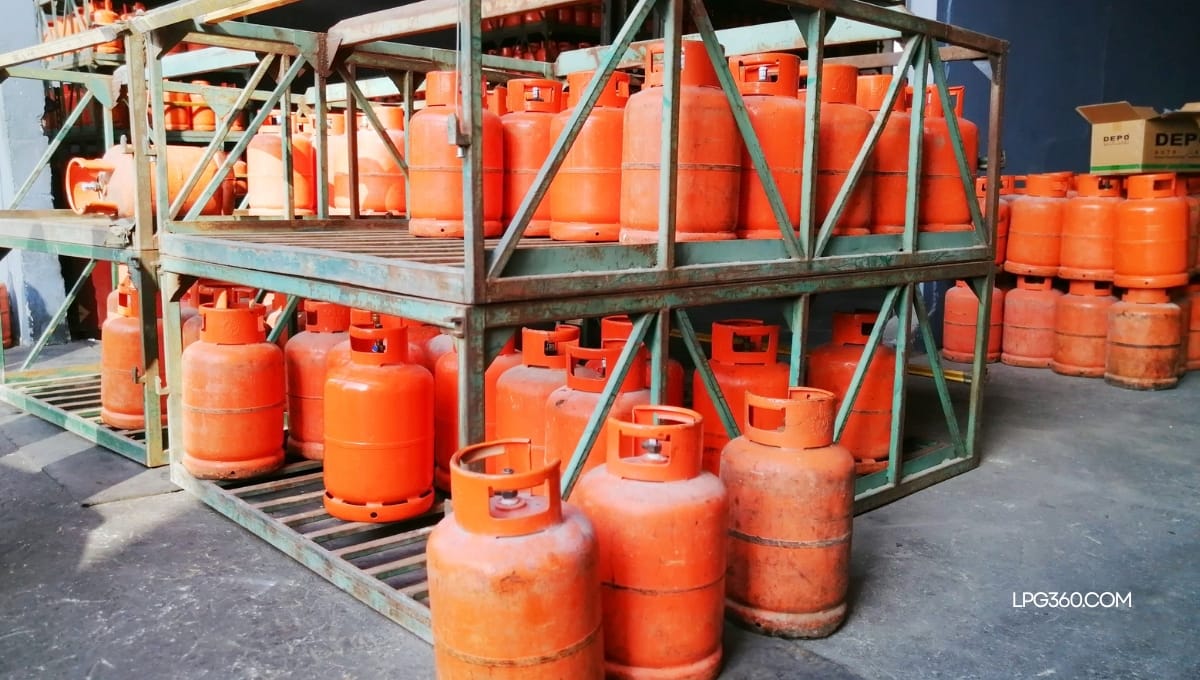
Conclusion
By integrating modern inventory management techniques, leveraging technology, and maintaining strong relationships with suppliers, LPG distributors can improve efficiency, reduce costs, and enhance customer satisfaction. Effective inventory management leads to a more reliable and responsive distribution network, ultimately benefiting both businesses and consumers.
Staying ahead with smart inventory strategies ensures your LPG business remains competitive in a dynamic energy landscape.
Ready to optimize your LPG inventory? Get in touch with us.
#LPG #LPG360 #LPGInventory #SupplyChainManagement #DemandForecasting #SmartLogistics #JustInTime #InventoryOptimization #DataDrivenDecisions #LPGWarehouse #LPGDistribution #LPGTechnology #SupplyChainEfficiency #StockManagement #LogisticsTech #AIInLPG #LPGAutomation #InventoryTracking #RealTimeVisibility #CollaborativeSupplyChain #BufferStock #SmartLPG #LPGBusinessSolutions
